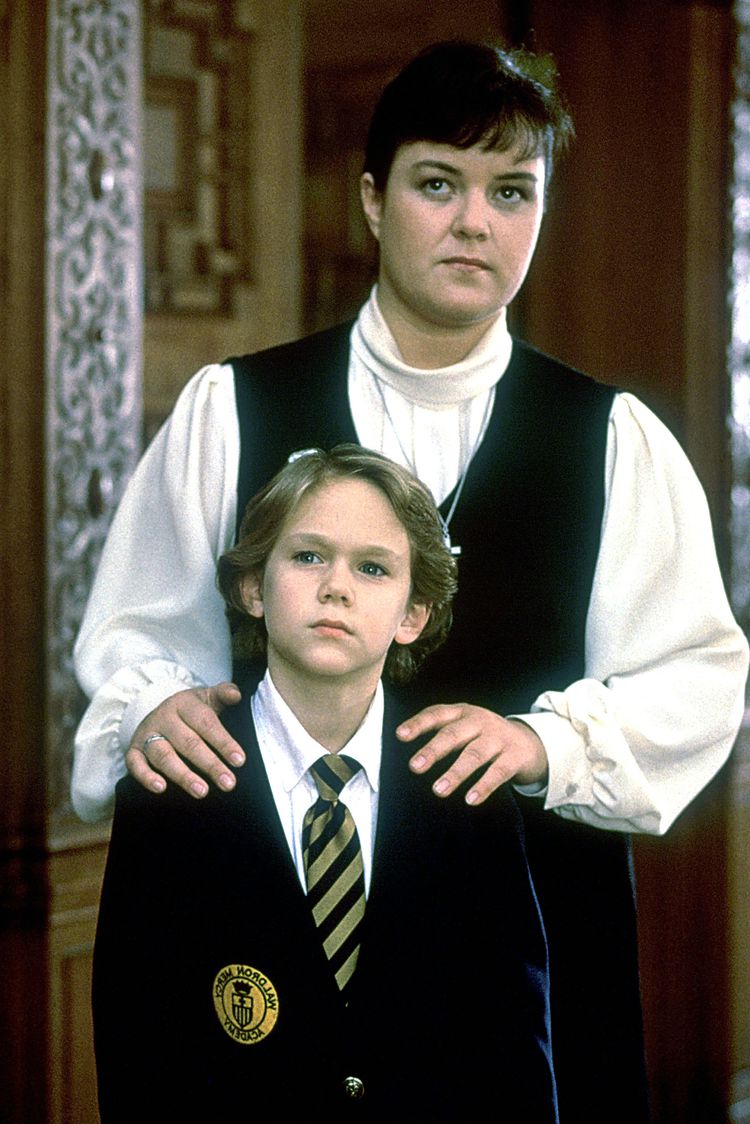Exploring The Agatha Christie Echoes In M. Night Shyamalan's "The Village"

Table of Contents
Shared Narrative Techniques: The Art of Misdirection
Both Agatha Christie and M. Night Shyamalan are masters of misdirection, expertly manipulating the audience's expectations to build suspense and deliver shocking reveals. Christie's novels, such as And Then There Were None and The Murder of Roger Ackroyd, are rife with red herrings and misleading clues. Shyamalan, similarly, employs this technique in "The Village," subtly guiding the audience towards false conclusions about the antagonists and the nature of the villagers' isolated existence.
-
Christie's Misdirection: In And Then There Were None, the initial suspicion falls on various characters, creating a constant sense of uncertainty. The seemingly innocuous details slowly reveal a sinister plot, keeping the reader guessing until the very end. In The Murder of Roger Ackroyd, the narrator's unreliability completely subverts the reader's assumptions.
-
Shyamalan's Misdirection: "The Village" initially presents a simple premise: villagers terrorized by mythical creatures. However, the film slowly reveals the truth to be far more complex and psychologically driven, with the "creatures" serving as a manifestation of fear and societal control. The seemingly simple setting hides layers of deception.
The impact of this shared technique is profound. By consistently misleading the audience, both Christie and Shyamalan build a powerful sense of suspense, leaving the viewer/reader constantly questioning their assumptions and eagerly anticipating the resolution. The use of unreliable narrators, a staple in Christie's work, is also mirrored in "The Village," where the perspectives of the characters are gradually revealed to be incomplete and biased.
The Power of the Unexpected Twist: Subverting Expectations
The signature twist ending is a hallmark of both Agatha Christie and M. Night Shyamalan's storytelling. Christie's novels frequently feature shocking revelations that completely reshape the reader's understanding of the narrative. Similarly, "The Village" culminates in a twist that recontextualizes the entire film, transforming the perceived nature of the conflict.
-
Christie's Twists: The revelation of the murderer in The Murder of Roger Ackroyd is a prime example of a twist that defies expectations and leaves a lasting impact. The shocking identity of the killer profoundly alters the reader's understanding of the entire narrative.
-
Shyamalan's Twist: The revelation of the "creatures" in "The Village" similarly subverts the audience's expectations. The twist isn't merely a surprise; it's a commentary on fear, self-imposed limitations, and the power of collective belief.
The twists in both Christie's work and "The Village" are not arbitrary; they are carefully foreshadowed throughout the narrative. This foreshadowing, often subtle and easily missed, adds another layer of complexity and rewards attentive viewers/readers. The thematic resonance of these twists is critical, contributing to the overall message and providing a deeper understanding of the characters' motivations and the underlying conflicts.
Creating Suspense Through Atmosphere and Setting: The Importance of Place
Both Christie and Shyamalan masterfully utilize setting to create a palpable atmosphere of suspense and mystery. The isolated locations in Christie's novels—a remote island in And Then There Were None, a snowbound manor in The Pale Horse—contribute significantly to the feeling of confinement and impending danger. Similarly, the isolated village in Shyamalan's film becomes a character in itself, reflecting the psychological state of its inhabitants.
-
Christie's Atmospheric Settings: The isolated settings in Christie's novels function as both a physical and psychological barrier, trapping the characters and amplifying the tension. The environment reflects the internal struggles of the characters and contributes to the overall sense of unease.
-
Shyamalan's Cinematic Atmosphere: Shyamalan uses visual elements, sound design, and cinematography in "The Village" to create a sense of unease and dread. The muted color palette, the unsettling sounds of the forest, and the villagers’ cautious movements all build suspense effectively. The use of shadows and darkness further enhances this atmosphere.
The setting is not merely a backdrop; it's an integral element that shapes the characters' experiences and the unfolding events. The environmental symbolism in both Christie’s novels and Shyamalan's film reinforces the thematic concerns, further contributing to the overall impact of the narrative.
Thematic Parallels: Exploring Fear, Prejudice, and Deception
Underlying both Christie's work and "The Village" are recurring themes of fear of the unknown, prejudice, manipulation, and the fragility of societal constructs. These themes are explored through different lenses, yet the core concerns remain strikingly similar.
-
Shared Themes: Both explore the power of fear to control and manipulate individuals and communities. Prejudice and irrational beliefs drive conflict in both narratives, showcasing the destructive potential of unfounded assumptions. The use of deception and misinformation to maintain control is central to both.
-
Social Commentary: Christie often uses her mysteries to explore societal issues of class, morality, and justice. Shyamalan, in "The Village," similarly uses the setting and plot to critique the nature of fear, tradition, and self-imposed limitations.
The exploration of these shared themes contributes significantly to the overall atmosphere of suspense and mystery. The unsettling parallels between the seemingly different contexts provide a deeper understanding of the human condition and the enduring power of fear, deception, and prejudice.
Conclusion
The Agatha Christie echoes in M. Night Shyamalan's The Village are undeniable. From the masterful use of misdirection and unexpected twists to the creation of suspenseful atmospheres through carefully chosen settings and the exploration of shared thematic concerns, Shyamalan’s film demonstrates a clear homage to the queen of crime fiction. Both artists masterfully manipulate the audience's expectations to deliver stories that are both thrilling and thought-provoking. Delve deeper into the world of suspense and rediscover the enduring power of Agatha Christie's influence – explore the fascinating Agatha Christie echoes in M. Night Shyamalan's 'The Village' and let us know your thoughts in the comments!

Featured Posts
-
 Agatha Christies Poirot Adaptations And Their Impact
May 20, 2025
Agatha Christies Poirot Adaptations And Their Impact
May 20, 2025 -
 Clean Energy Under Siege A Growing Threat To A Booming Industry
May 20, 2025
Clean Energy Under Siege A Growing Threat To A Booming Industry
May 20, 2025 -
 Robert Pattinson And Suki Waterhouse A Look At Twilight Star Relationships
May 20, 2025
Robert Pattinson And Suki Waterhouse A Look At Twilight Star Relationships
May 20, 2025 -
 Solve The Nyt Mini Crossword March 5 2025 Answers And Hints
May 20, 2025
Solve The Nyt Mini Crossword March 5 2025 Answers And Hints
May 20, 2025 -
 Cadillac F1 Seat Champions Endorsement Boosts Schumachers Chances
May 20, 2025
Cadillac F1 Seat Champions Endorsement Boosts Schumachers Chances
May 20, 2025
